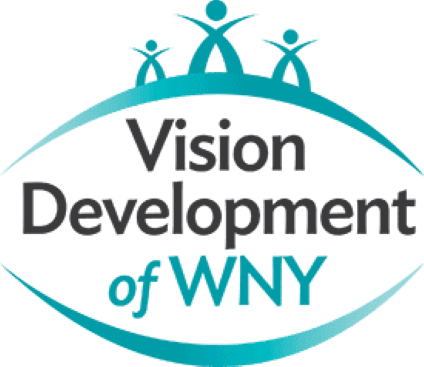
Symptoms Indicating A Visual Efficiency Problem
Having a visual efficiency problem can present in many forms, from reading difficulties, to focusing issues to behavioral problems. Visual dysfunction can dramatically reduce a student’s ability to learn and can hinder one’s productivity at work.
Knowing and understanding which red flags to keep an eye out for can give rise to early detection and treatment of visual problems.
Below, we’ll explore several common visual efficiency problems and symptoms. Should you have any of them, we recommend you visit your eye doctor.
Eye Teaming Problems
In order to perceive the world around in a clearly way, your two eyes need to work in perfect unison and coordination. When your eyes don’t function as a team, the perceived images your brain creates may be confusing.
Two common eye teaming problems are convergence insufficiency and convergence excess. With the former, the eyes have difficulty focusing inwards on an object that is being held close to the nose. Convergence excess is the opposite—where the eyes can’t easily focus outward, leading to difficulties with distance vision.
Symptoms of eye teaming problems include:
- Blurred or double vision
- Tired or uncomfortable eyes
- Difficulty reading
- Eye squinting or rubbing
- Headaches
- Difficulty concentrating
- Poor depth perception
Eye Tracking Problems
Eye tracking involves the smooth and effortless movements of the eyes. Efficient eye tracking helps us scan our environment and quickly gauge where we are and what our next move should be.
When eye movements are slower than normal, inaccurate, or require external cues (like following a moving finger), it may indicate an eye tracking problem. Three types of eye tracking problems include fixation dysfunction, deficiency of saccades, and deficiency or pursuits.
Individuals with an eye tracking problem may:
- Often skip lines when reading, as the eyes can’t smoothly scan from one line to the next
- Easily lose their place while reading
- Omit or substitute words
- Have poor hand-eye coordination
- Find it difficult to spell words correctly
Focusing Problems
Every time our eyes shift their gaze from one object to another, they accommodate their focusing power so that each object appears crisp and clear. Focusing problems arise when the ciliary muscle—the muscle responsible for accommodating focus—can’t easily relax, tighten or maintain its position.
Symptoms of focusing problems include:
- Holding objects close to the face in order to view them
- Experiencing headaches during or after reading
- Blurred vision
- Watery eyes
- Difficulty reading or avoiding reading
- Blurred vision when shifting focus from one object to another
- Frequent eye rubbing
How a Vision Therapist Can Help
Vision therapy helps to develop and strengthen the eye-brain connection, which is often weak in a person with visual efficiency problems.
A personalized vision therapy program involves tailor-made visual exercises that forge new pathways in the visual system. By performing these exercises regularly, the patient will develop improved visual skills. Vision therapy may also involve the use of specialized prisms, filters or lenses.
If you or a loved one are experiencing any of the symptoms mentioned above, it may be time to have your vision evaluated. Call Vision Development of WNY to schedule your appointment today.
Vision Development of WNY serves patients in Elma, Buffalo, SouthTowns, Western New York, and throughout New York.
